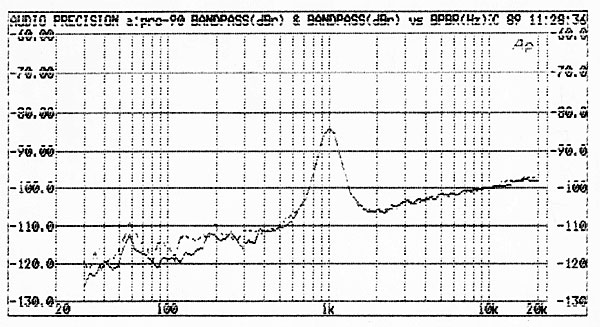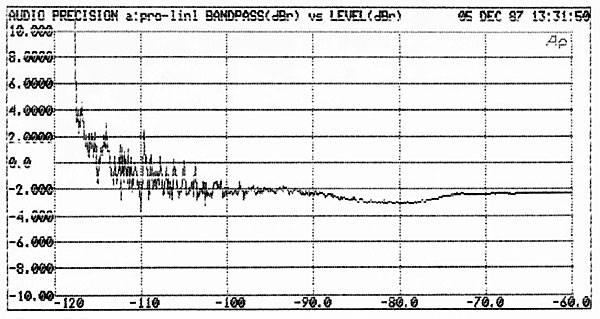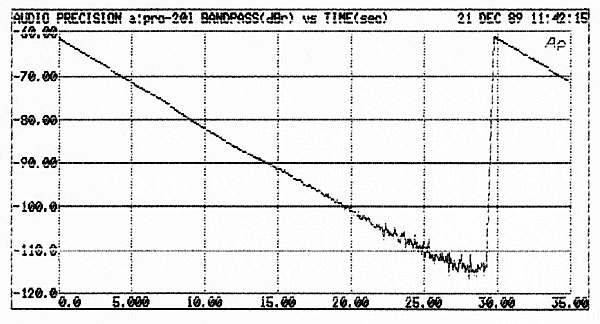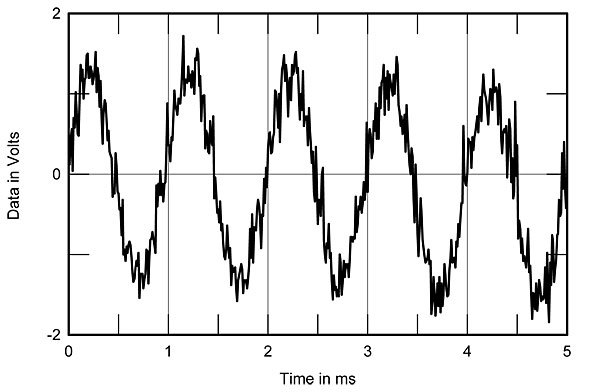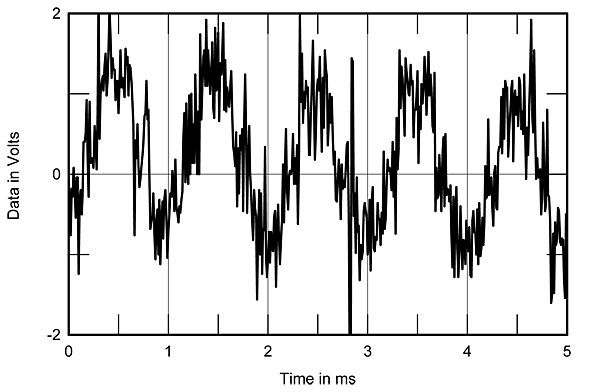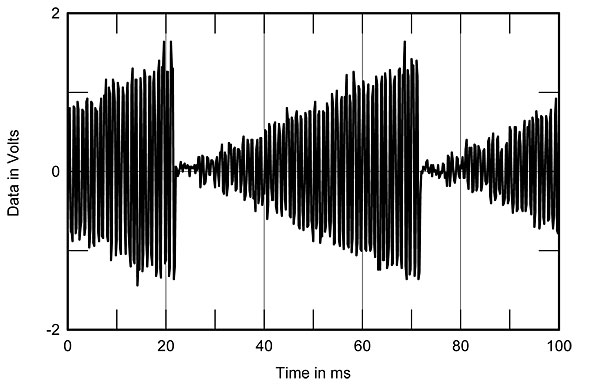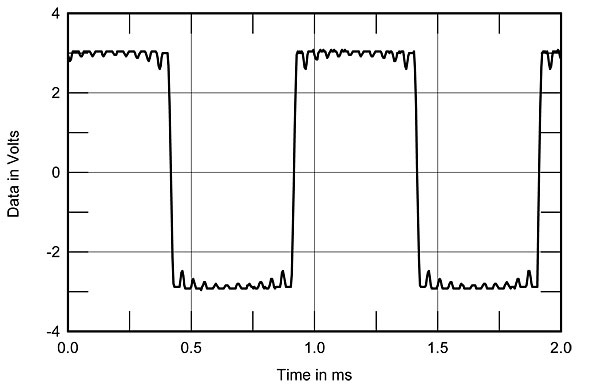| Columns Retired Columns & Blogs |
I still have this unit and it continues to work well ( has only needed a cleaning since purchased in 1990). It was chosen at the time because it sounded closest to LP's. The Proceed even manages to play "home-made" CD+R's (except Sony) even though not designed for them at the time.
It is now relegated to the bedroom system due to being replaced by a Bryston unit for the main sytem (greater extension in the upper and lower frequencies - more detail).
Neil D.
